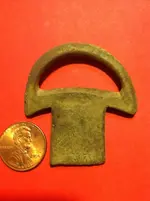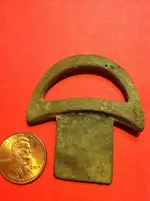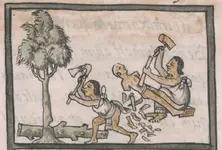cactusjumper
Gold Member
Joe:
Unlike the Roman Legion, I have no desire to sack or otherwise lay waste to your library.
And I would prefer that debate remain cordial, using sources readily available to us all.
If E-mail or Telephone conversations are to be considered as evidence, FULL transcripts or recordings should be supplied.
Otherwise, quotes from such become merely he said-she said arguments, often out of context.
It's the constant one-upsmanship that you practice while involved in discussions,where your collection and achievements as a collector of books becomes some kind of empirical evidence for what you write,that has me in objection.
Additionally,as the following quote illustrates,your condescending attitude toward myself and others who share informative source links,photographs and other professional opinions does nothing to promote further discussion.It does however,reveal your petty need to prove yourself as privy to the latest and most reliable information.
"I appreciate your providing Professor Smith's website, but I have been aware of it for some time and don't really need it. My quotes of professor Smith are much more recent than what he has posted on his site. Even this dinasour knows that the Internet is not always the most up to date source."
In the future,I will take care to provide such links as I believe may be informative in a separate posting,addressed to "All".
Hopefully,by doing so,I will be able to avoid any offence to your sensibilities.
Regards:Wayne
Wayne,
I'm aware of my faults, and will make every effort to be more like you in the future. I have presented no "evidence", only other people's opinions as well as my own. What you accept or reject is up to you, based on your own research into the subject.
"If E-mail or Telephone conversations are to be considered as evidence, FULL transcripts or recordings should be supplied.
Otherwise, quotes from such become merely he said-she said arguments, often out of context."
You, as well as others, will have to assign whatever value you think my quotes are worth, without the "FULL transcripts or recordings". If you want me to dance to your tune, you will have to switch to softer music.
Thank you for your, less than, "condescending" reply.
Take care,
Joe
Last edited:












